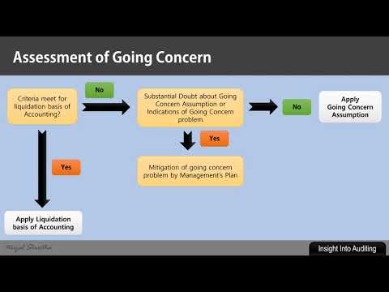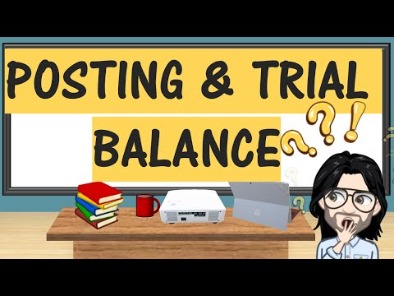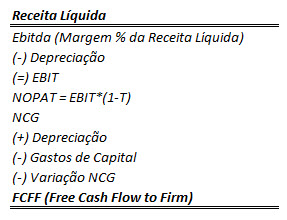
Starting with the ending balance of the prior period, you add all the increases and subtract all the decreases to get to the ending balance. No matter how diligent the accounting team is, sometimes a transaction just slips through the cracks. Whether you’re a small business owner working with multiple sub-ledgers or a multi-million dollar business using an ERP system, reconciling your accounts will always be necessary. Balance sheets and profit and loss statements are both essential resources for determining the financial health of your business. For example, when you pay your utility bill, you would debit your utility expense account, which increases the balance and credit your bank account, which decreases the balance.
How does Automation Transform the Account Reconciliation Process?

Careful attention to details and review of reconciliations by someone who doesn’t work with that account can help catch many instances of fraud. The function of account reconciliation is typically carried https://www.quickbooks-payroll.org/ out by accountants or finance professionals within an organization. This can include staff accountants, finance officers, bookkeepers, or anyone else responsible for financial management and oversight.
What Is an Example of Accounting Reconciliation?
- A report will reassure stakeholders if the reconciliation reveals something more serious, like fraud.
- Accounting Reconciliations are the main bottleneck in the financial close process.
- The ending balance in the schedule should agree with the general ledger balance.
- Some differences may be acceptable because of the timing of payments and deposits.
In the event that something doesn’t match, you should follow a couple of different steps. First, there are some obvious reasons why there might be discrepancies in your account. If you’ve written a check to a vendor and reduced your account balance in your internal systems accordingly, your bank might show a higher balance until the check hits your account.

Regular Review and Reconciliation

Often, this process involves comparing internal financial records against monthly statements issued by external sources, like banks. Account reconciliation is necessary for asset, liability, and equity accounts since their balances are carried forward every year. During reconciliation, you should compare the transactions recorded in an internal record-keeping account against an external monthly statement from sources such as banks and credit card companies. The balances between the two records must agree with each other, and any discrepancies should be explained in the account reconciliation statement. Reconciliation in accounting—the process of comparing sets of records to check that they’re correct and in agreement—is essential for ensuring the accuracy of financial records for all kinds of businesses. For the legal profession, however, regular, effective reconciliation in accounting is key to maintaining both financial accuracy and legal compliance—especially when managing trust accounts.
Depending on your business, you may also want to reconcile your inventory account, which is typically completed by doing a complete accounting of all inventory on hand. A profit and loss statement, also known as an income statement summarizes revenue and expenses that have been incurred during a specific period. Regular reconciliation helps spot any unauthorized transactions, preventing deceptive actions by team members or third parties. Accurate information reduces the risk of missing deposits or accidentally overdrawing accounts, allowing for better budgeting. For example, when reviewing your trial balance for the current year, you notice that your travel expenses have been averaging $1,500 a month, but in July, travel expenses jumped to $5,000.
It involves verifying that the amounts recorded in the company’s books match the corresponding financial transactions. This process is crucial to ensure the accuracy of financial statements, which are relied upon for decision-making, reporting, and compliance. Through account reconciliation, discrepancies can be identified and rectified promptly, reducing the risk of financial errors that may lead to misstated information.
But for all methods, if you’re not using reconciliation software, the first step will likely be importing account transactions from your ERP or accounting software into an Excel spreadsheet. As mentioned above, account reconciliation involves comparing internal account information against external documents. This procedure ensures that the business’s internal records align with external data.
In larger organizations, the function may be carried out by multiple people or even entire departments dedicated to financial controls and reconciliation. Reconciliation is vital for monitoring business spending, providing insight into financial cycles, and preventing surprises. The card carries an annual fee of $95 and a variable APR typically ranging from 121.24% to 26.24%. Additional features include travel insurance, extended warranty protection, and cell phone protection.
The deposit could have been received after the cutoff date for the monthly statement release. Depending on how you choose to receive notifications from your bank, you may receive email or text alerts for successful deposits into your account. HighRadius’ Account Reconciliation top 5 benefits of erp systems and3 criteria to consider upon implementation software combines artificial intelligence (AI) and machine learning (ML) to ensure account reconciliations are done quickly and accurately. It’s a good idea to reconcile your checking account statement (or at least give it a careful look) when you receive it each month.
Some reconciliations are necessary to ensure that cash inflows and outflows concur between the income statement, balance sheet, and cash flow statement. Another way of performing a reconciliation is via the account conversion method. Here, records such as receipts or canceled checks are simply compared with the entries in the general ledger, in a manner similar to personal accounting reconciliations. Using a double-entry accounting system, as shown below, she credits cash for $2,000 and debits her assets, which is the equipment, by the same amount. For her first job, she credits $500 in revenue and debits the same amount for accounts receivable.
These sources include ERP software systems, digitally generated bank files or statements, credit card processors, and merchant services. You may need to create a separate record on the discrepancies https://www.intuit-payroll.org/individual-income-tax/ identified, especially where these discrepancies are large in number. This helps for more careful account reconciliation processes in the future and documentary evidence to external stakeholders.
This process helps detect any anomalies or discrepancies early, allowing for timely rectification. While much of the account reconciliation process is handled by accounting software, it still needs to be done. If you’re a software holdout and still record transactions manually, it’s even more important your accounts be reconciled regularly.